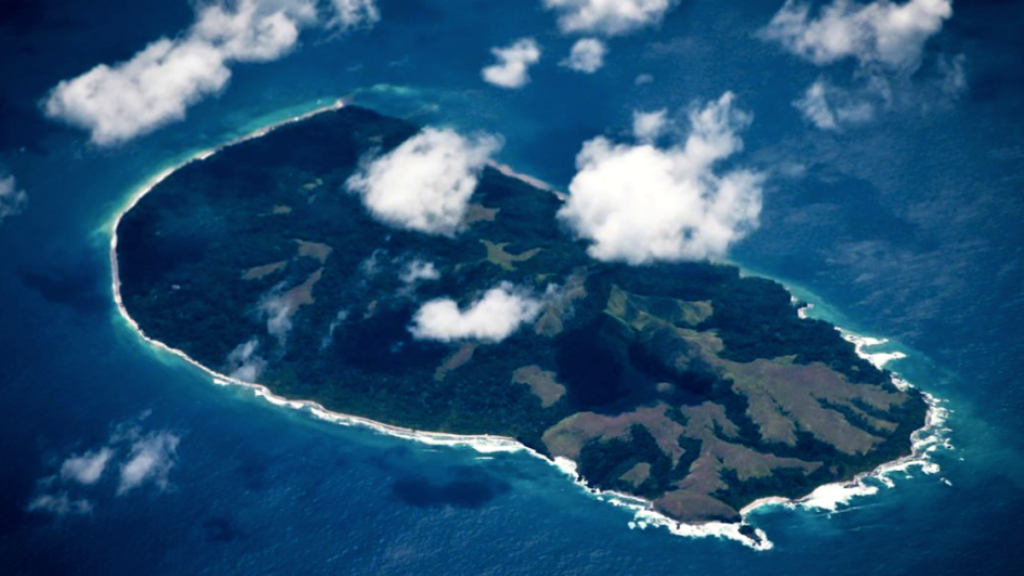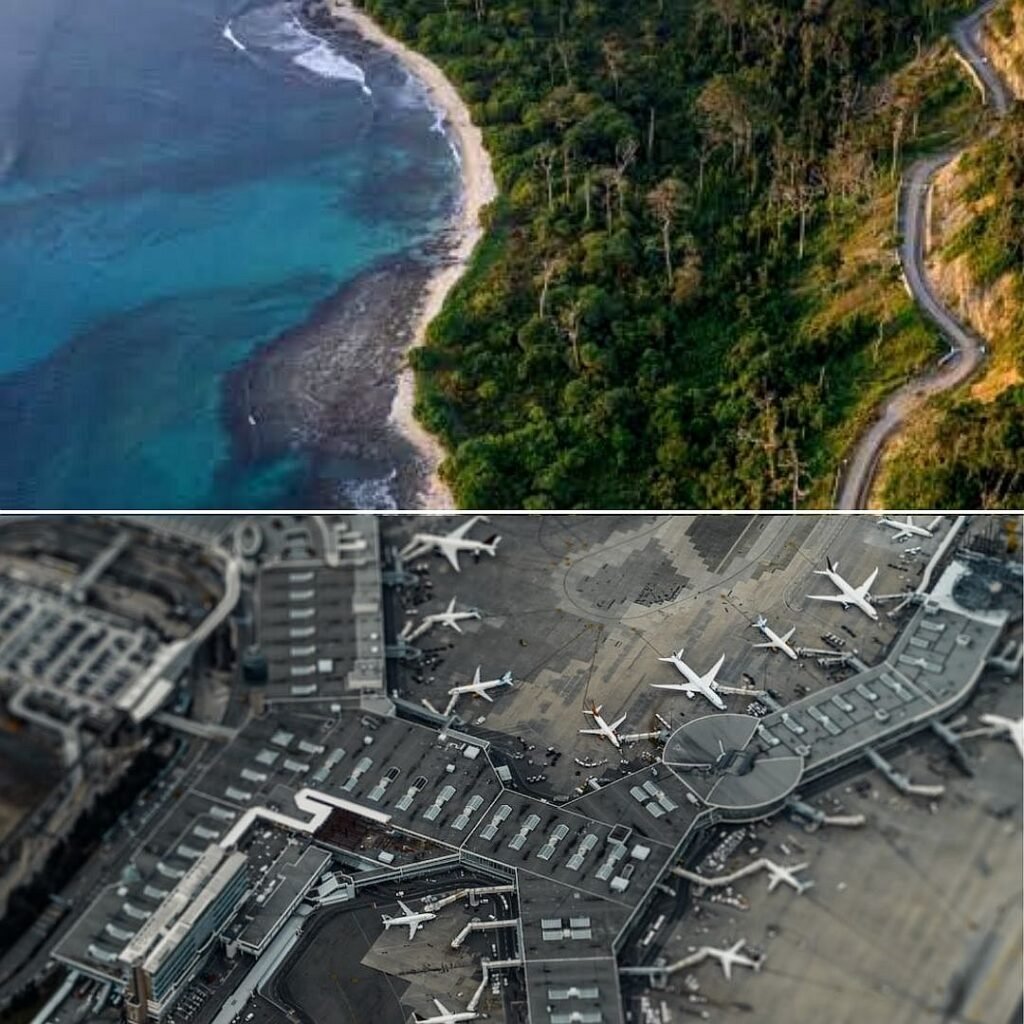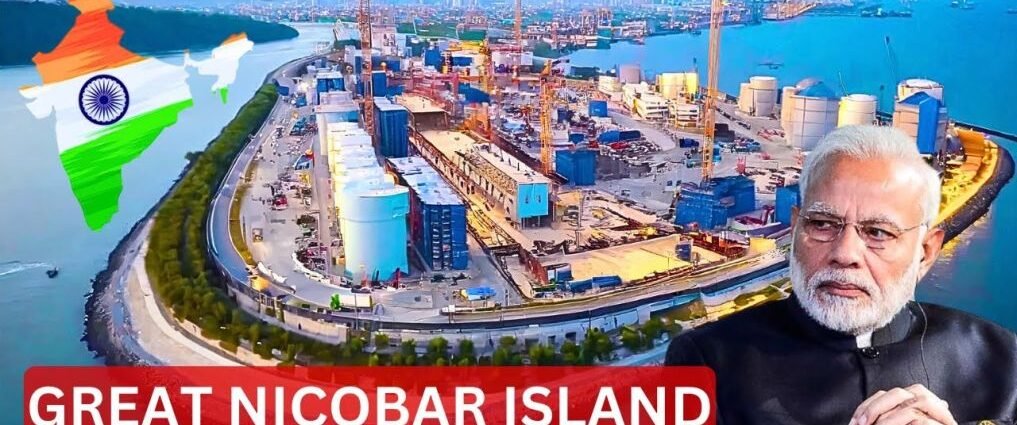The Indian government, led by Prime Minister Narendra Modi, intends to spend $9 billion to develop Great Nicobar island into a significant military and trade center. However, this proposal has sparked worries from environmentalists, scientists, and civic organizations who fear that the project will harm the island’s distinct ecology.

The Indian government has approved plans to build an international container terminal, a military and civilian airport, a power plant using gas, diesel, and solar energy, and a new township on a 1,000-square-kilometer island. These projects will also lead to a significant increase in the island’s population. The government has been successful in obtaining necessary approvals and exemptions for the project, which has led to comparisons of it being India’s version of Hong Kong.
However, critics argue that the proposed initiative would result in irreparable harm to the untouched rainforests on Great Nicobar Island. The island is renowned for having one of the most well-preserved tropical rainforests globally, as acknowledged by the Indian government. However, converting the island into a defense and trade center would necessitate the removal of approximately 852,000 trees.

Environmental activists are cautioning against the construction of a major port at Galathea Bay, as it would have detrimental effects on the nesting grounds of leatherback sea turtles. Additionally, the proposed dredging would harm dolphins and other species, and the development of the island would negatively impact saltwater crocodiles, Nicobar crab-eating macaques, and migratory birds.
India’s environmental watchdog, the EIA, has cautioned that the construction of a port along the bay’s coastline could lead to the destruction of the coral reef. Additionally, the building of a township, airport, and thermal power plant in forested areas will have a substantial impact on biodiversity, according to a draft report by the EIA.

Activists are concerned that a significant change in demographics and the depletion of natural resources could put indigenous communities at risk and potentially lead to their extinction.
Not only are local tribes at risk, but a large increase in population would also put hundreds of thousands of people in a highly dangerous seismic area. In 2004, the Great Nicobar region experienced a devastating earthquake and tsunami.
Reference- Deutsche Welle (DW) report and story, National Geographic, BBC, The Hindu, Down To Earth, Reuters






